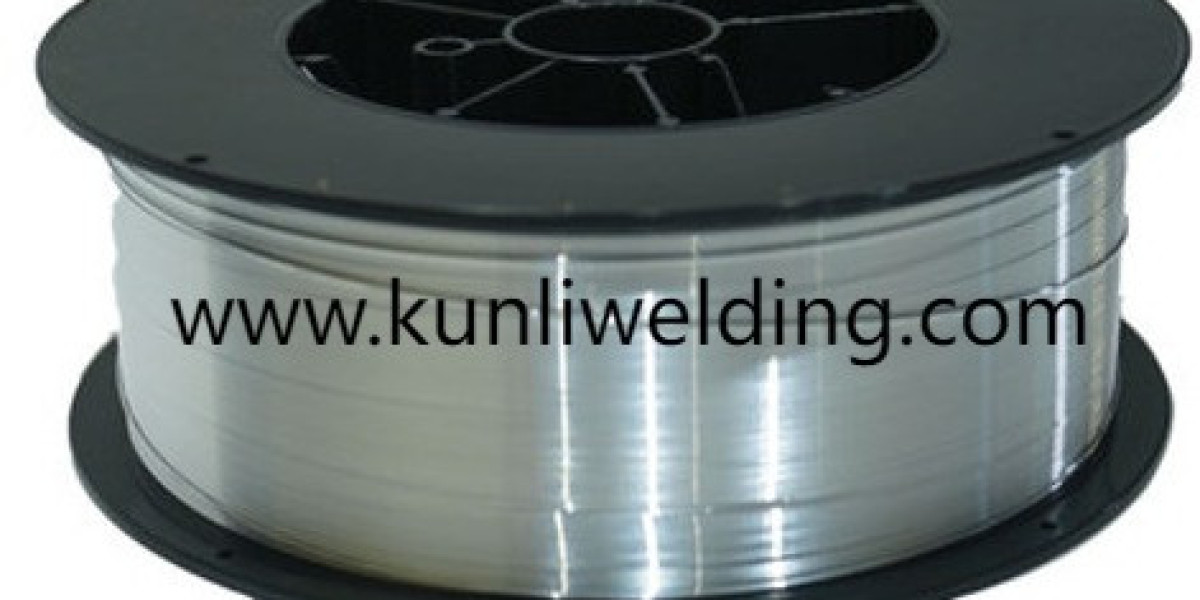Marine environments challenge welded assemblies with chloride rich atmospheres, cyclic wetting and mechanical stress. Aluminum Welding Wire ER5087 often appears in supplier and engineering conversations because its alloy balance gives weld deposits that resist localized attack while preserving strength for structural marine and offshore use. When selecting filler and process settings for saltwater exposed parts, understanding metallurgy process control and post weld practice is essential to extend service life and reduce maintenance cycles.
At the alloy level the additions that characterize this filler influence how the weld metal forms protective films and how microstructure reacts to thermal cycles. Weld metal that develops a uniform passive film is less likely to host pitting that can open under stress. In the same vein controlled alloying reduces the tendency for detrimental phases to appear in the fusion zone which otherwise might act as initiation sites for corrosion related cracking. Manufacturers who balance composition and drawing practice provide material that performs consistently across production lots.
Welding technique plays a decisive role in the outcome. Heat input control and short stable arcs produce narrower heat affected zones and limit excessive grain growth that can undermine resistance to local attack. In automatic and robotic cells pulse strategies that reduce net thermal load while allowing sufficient penetration are widely used. Manual work benefits from steady travel speed and attention to joint fit up so that the weld toes are smooth and free of undercut where corrosion can concentrate.
Joint design and fit up reduce exposure points. Good edge geometry and adequate root preparation minimize crevices where salt can lodge. When designers and fabricators collaborate early to set joint clearances and backing strategies they avoid common service problems. In structures where access for inspection or repair is limited it is particularly valuable to minimize design features that trap moisture and salts.
Surface condition before and after welding determines whether a protective layer will adhere uniformly. Cleaning to remove oils and loose oxides prevents inclusions that can start pits. After welding, controlled cleaning and application of agreed protective treatments ensure the joint area does not become a weak link. Paints primers or anodic processes used on aluminum assemblies perform best when the weld deposit and surrounding metal have been prepared to consistent standards.
Cathodic or anodic protection strategies are sometimes part of a systems approach. When assemblies are exposed continuously to seawater a holistic protection plan that includes sacrificial anodes or engineered coatings complements material selection. These systems reduce the electrochemical driving forces that can accelerate localized corrosion and extend the inspection interval between scheduled maintenance actions.
Testing and qualification shorten onboarding and reduce surprises. Representative coupons that mimic joint geometry and finishing steps reveal how the filler behaves under cyclic wetting and mechanical load. Accelerated exposure trials and fatigue checks under representative loading help engineers compare process variants and make decisions that balance fabrication speed and lifecycle performance.
Traceability and supplier documentation matter when incidents require root cause work. Being able to trace a spool to its producing run and to review manufacturer notes on drawing finishing and packaging speeds investigation and helps avoid broad quarantines. Suppliers that publish handling guidance and provide batch records reduce friction when production scales or when assemblies must be commissioned under tight schedules demanded by maritime projects.
Packaging and storage also influence how a spool performs when it reaches the torch. Moisture ingress conduction of salts from transit environments or mechanical deformation during handling can alter surface films and temper. Secure packaging clear labeling and rotation of stock minimize the chance that a field failure is actually a handling issue. Include simple visual checks as part of incoming inspection to identify obvious deviations before production use.
Operator training and maintenance close the loop. Welders who understand the interaction between technique and corrosion performance produce more durable joints. Routine inspection of consumable feed systems liners and contact parts prevents feed anomalies that lead to inconsistent puddle behavior and possible weld defects. When shops pair training with documented process windows and short qualification runs the combined practice yields reliable outcomes under saltwater exposure.
Finally think in systems rather than in isolated variables. Alloy selection welding technique surface treatment structural design and inspection regimes together determine how an assembly weathers marine conditions. When manufacturers, designers and fabricators coordinate these elements the result is assemblies that resist the specific challenges of saltwater exposure while meeting the schedule and cost constraints of today s maritime and offshore programs. To review technical notes and product materials on this filler and its application in marine and industrial contexts visit the manufacturer news and resource pages at www.kunliwelding.com .







